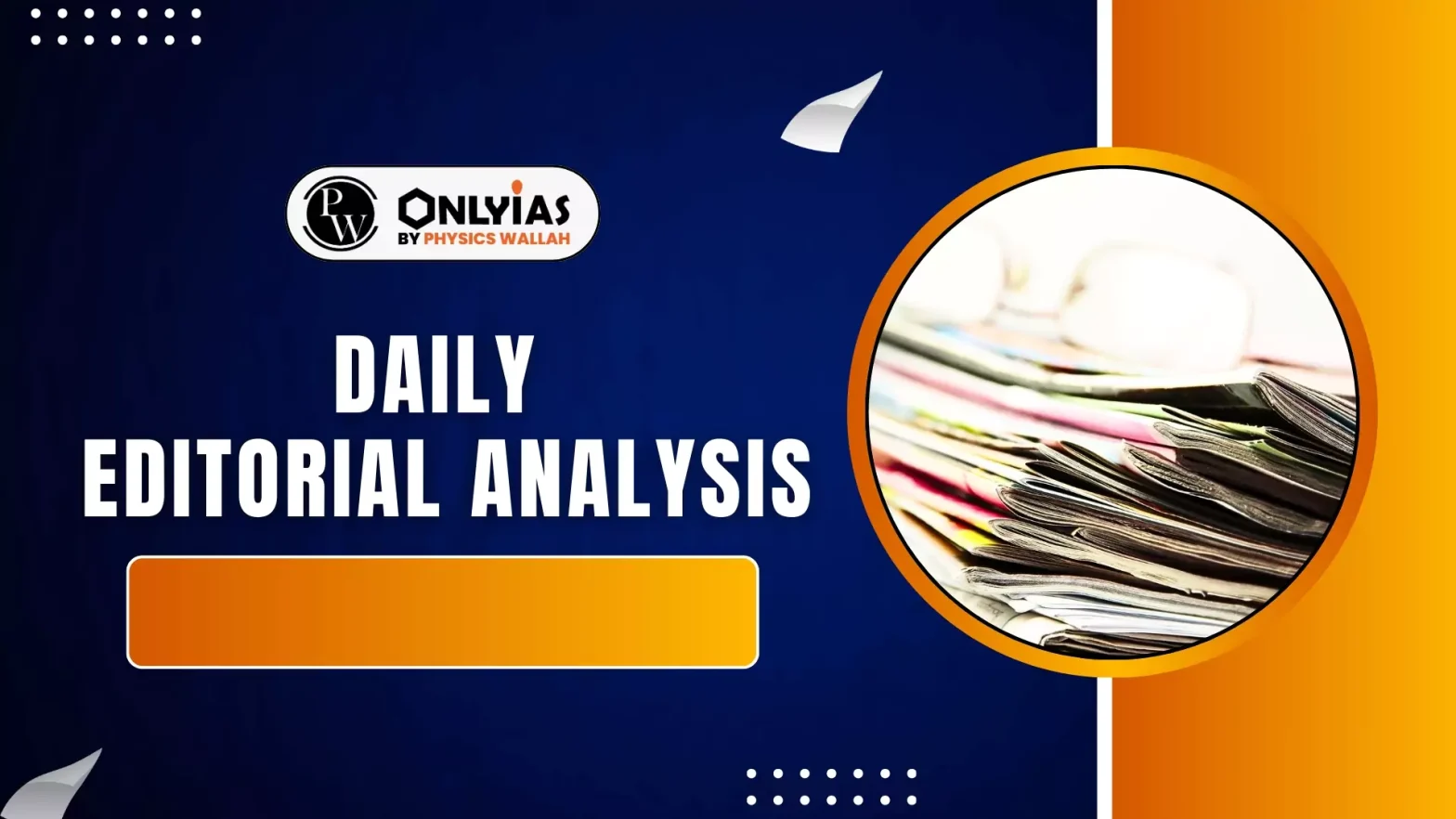The Centre’s proposal to bring Chandigarh under Article 240 of the Constitution, paving the way for the appointment of a Lieutenant Governor to administer the Union Territory, has reopened a long-simmering faultline in Punjab.
Historical Background
- Post-Partition Loss of Lahore: After the 1947 Partition, Lahore went to Pakistan, leaving Punjab without a capital and necessitating the creation of a new administrative centre.
- Designing Chandigarh: Jawaharlal Nehru entrusted Le Corbusier with building a modern capital that reflected India’s post-Independence aspirations.
- 1966 Reorganisation and Shah Commission: During the linguistic reorganisation of Punjab and Haryana, the Shah Commission recommended giving Chandigarh to Haryana.
- Union Territory Compromise: Instead of following the recommendation entirely, the then government chose a middle approach, making Chandigarh a Union Territory and joint capital of both states (Punjab and Haryana).
Present Governance Structure
- Administrator System: Chandigarh is presently governed by an Administrator, and since 1984, this role has been held by the Governor of Punjab by convention.
- Impact of Replacing the Administrator: Appointing an LG would strengthen direct Central control and effectively remove the Punjab Governor’s traditional involvement in Chandigarh’s administration.
The Central Proposal
- Power Under Article 240: The Centre has proposed placing Chandigarh under Article 240, which empowers the President to issue binding regulations for Union Territories.
- The Centre floated the proposal during the 350th Shahidi Divas of Guru Tegh Bahadur, a period of heightened emotional sentiment in Punjab.
- Appointment of a Lieutenant Governor: If implemented, Chandigarh would get a Lieutenant Governor (LG), fundamentally altering its current administrative arrangement.
Reasons For Punjab Viewing this Move as a Warning
- Claim Over Chandigarh: Punjab considers Chandigarh its exclusive capital, and any administrative shift is seen as diminishing its historical claim.
- Perception of Reduced Influence: The proposal signals that Punjab’s role in decision-making relating to Chandigarh is steadily being eroded.
- Reassertion of Claim by Punjab: Punjab reiterated its claim over Chandigarh during the North Zone Council meeting.
- Punjab University Senate Issue: The attempt to dissolve the Punjab University Senate was seen by stakeholders as a cultural intrusion, though it was later withdrawn.
Specific Instances Showing Diminishing State Control
- Violation of the 60:40 Staffing Ratio: The agreed rule that 60% of Chandigarh Administration officers should come from Punjab and 40% from Haryana is no longer being followed.
- Growing Dominance of the AGMUT Cadre: Officers from the AGMUT cadre now hold several key positions, and the same shift is visible in the police.
- Change in Service Rules (2022): In 2022, the Union Home Minister announced central pay scales for UT employees, replacing the Punjab service conditions.
- Bhakra Beas Management Board (BBMB) Water Allocation Dispute: The Centre and the BBMB directed the release of extra water to Haryana, triggering protests in Punjab.
Conclusion
Punjab’s sensitivities as a border state require a careful and empathetic federal approach. Maintaining the status quo in Chandigarh’s administration can help preserve stability, reduce friction, and support India’s broader developmental goals.
![]() 24 Nov 2025
24 Nov 2025


